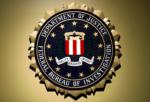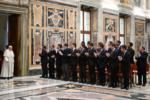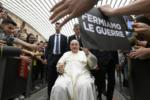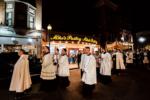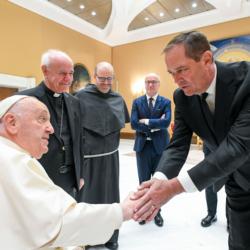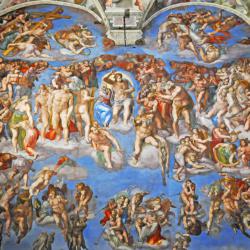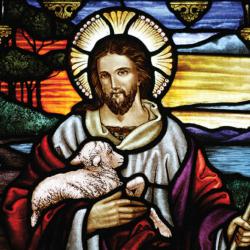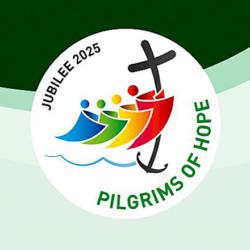Jerusalem, city of God
The Jan. 9 election of Mahmoud Abbas as the new president of the Palestinian Authority brings new hope for peace in the Mideast.
The international community is rushing to welcome the new leader. The Israeli authorities are congratulating Abbas and are already working to organize a first meeting between their prime minister, Ariel Sharon, and the newly elected Palestinian leader.
As for the U.S., in sharp contrast to the cold shoulder President Bush showed the late Yasser Arafat, the president has already announced his intention to meet with Abbas soon.
But optimism does not often last long in the Mideast.
Decades of confrontation, distrust and outright hatred have left deep scars on both sides of the Israeli-Palestinian conflict. However, it is undeniable that the climate is rapidly changing after 63 percent of Palestinian voters gave the moderate Abbas an apparent mandate to lead them to peace.
Both sides should return promptly to the 2003 U.S. sponsored “road map to peace.” The failure of the Palestinian Authority to stop terrorist attacks and the resulting Israeli retaliations, quickly sabotaged the road map before even its first phase was completed.
A myriad of issues will have to be dealt with in the peace process such as the cessation of violence, Israeli withdrawal from the occupied territories, the dismantling of settlements, agreement on safe borders, the future status of Palestinian refugees, the fate of the new security barrier and the recognition of the state of Israel by Arab countries. However, an agreement on a permanent status for Jerusalem stands as the most difficult hurdle to surmount.
Both Palestinians and Israelis consider Jerusalem to be their political capital. Furthermore, it is a holy city for the three monotheistic religions — Christianity, Judaism and Islam.
The 1947 United Nations partition plan for the British protectorate of Palestine called for the establishment of two states — one Jewish, one Palestinian — with economic ties. The plan placed Jerusalem under a separate international status known as the “corpus separatum.” After the first Arab-Israeli war in 1948, Israel and Jordan signed an armistice that left West Jerusalem under Israeli authority, and East Jerusalem and the Old City under Jordanian control, dividing the city along the so-called “green line.”
In 1967, during the Six-Day War, Israel occupied the West Bank, including the Jordanian portion of Jerusalem, re-unifying the city. In 1980, Israel reaffirmed that it considers Jerusalem its “eternal undivided capital.” Neither the 1967 occupation, nor the establishment of Jerusalem as the political capital of Israel were recognized by the international community.
The current municipal territory of Jerusalem under Israeli authority is comprised of an intricate puzzle of neighborhoods which are generally predominantly Palestinian or Jewish. The Jewish population in East Jerusalem has increased dramatically — from 6,900 in 1972 to 170,400 in 2000 — creating Jewish areas in historically Palestinian neighborhoods, greatly complicating any attempt create a simple geographic partition of the city.
The partitioning of Jerusalem has been dealt with in past negotiations. Those plans would allow both Israel and a Palestinian state to claim the holy city as their capital. West Jerusalem and portions of East Jerusalem could remain the capital of Israel. Meanwhile, parts of East Jerusalem with the annexation of neighboring Arab towns could comprise Al-Qud — the Arab name of Jerusalem — as the Palestinian capital.
The 2000 Camp David summit and the subsequent 2001 Taba negotiations explored that plan. Even the possibility of granting Palestinian sovereignty over the Muslim and Christian quarters of the Old City was discussed.
Whatever form the political resolution of the status of Jerusalem takes, it will be incomplete if it does not recognize that the city is not only the treasured capital of two peoples but it is a holy city for the three monotheistic religions.
The Holy See’s position on Jerusalem stresses that, regardless of its political governance, the city must remain a unified entity that preserves its historical, religious and cultural character. It also insists that the rights of the Arab Christians be safeguarded.
To achieve those goals, it is imperative to create an internationally guaranteed special statute for Jerusalem. Only such a statute, in words of the Holy Father, “can effectively preserve the most sacred places in the holy city, and assure freedom of faith and worship for all the faithful who, in the region and throughout the whole world see Jerusalem as a crossroad of peace and coexistence.”
The 2003 road map to peace called for both parties to reach an agreement that would include a “negotiated resolution on the status of Jerusalem that takes into account the political and religious concerns of both sides, and protects the religious interests of Jews, Christians and Muslims worldwide, and fulfills the vision of two states, Israel and sovereign, independent, democratic and viable Palestine, living side-by-side in peace and security.”
That’s a good starting point. However, as the U.S. bishops stated in 2000, Israel’s occupation of East Jerusalem is considered illegal under international law, so any enduring solution must be determined in cooperation with the international community.
An internationally guaranteed statute for Jerusalem must be an integral part of any future agreement.


